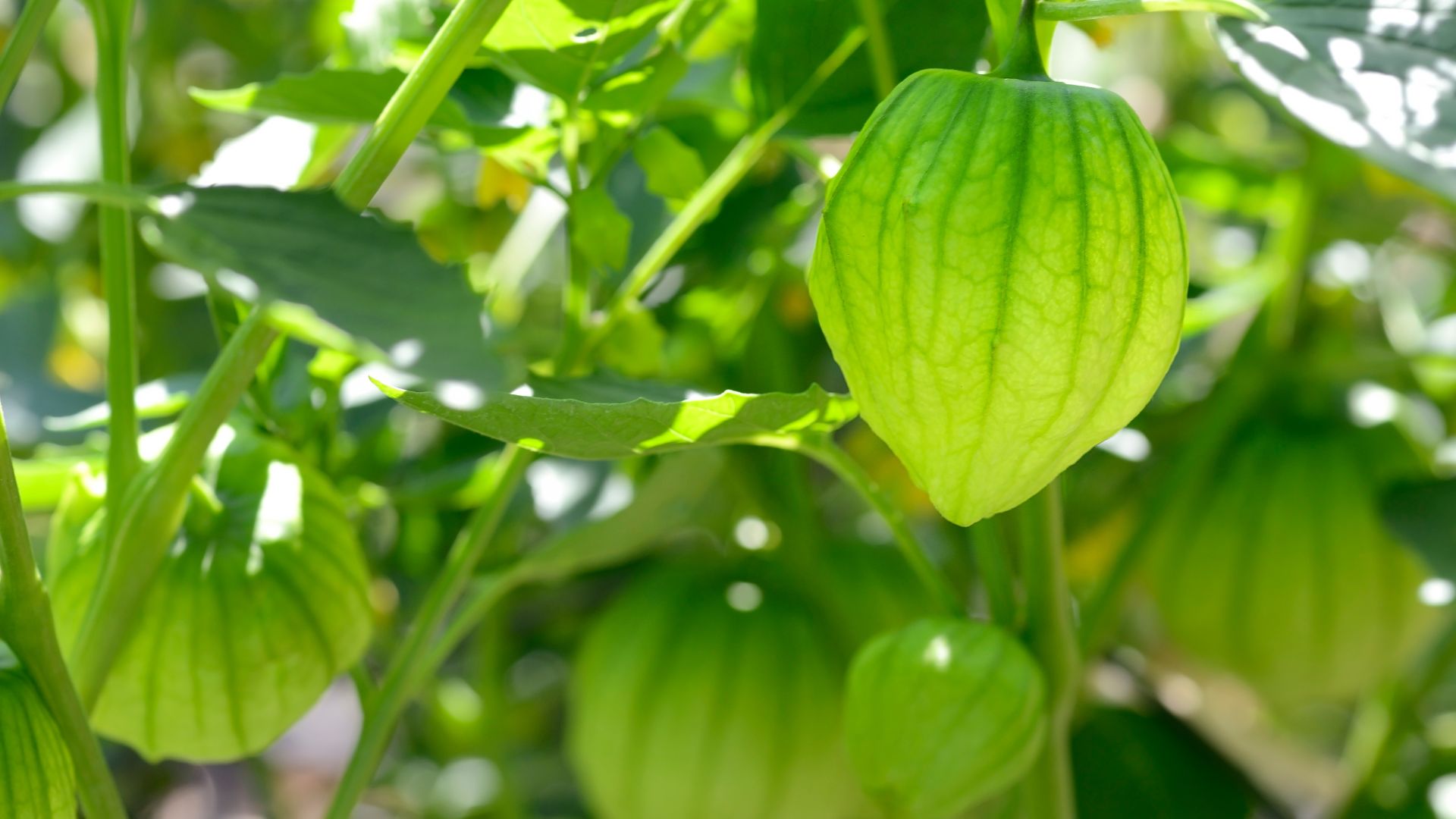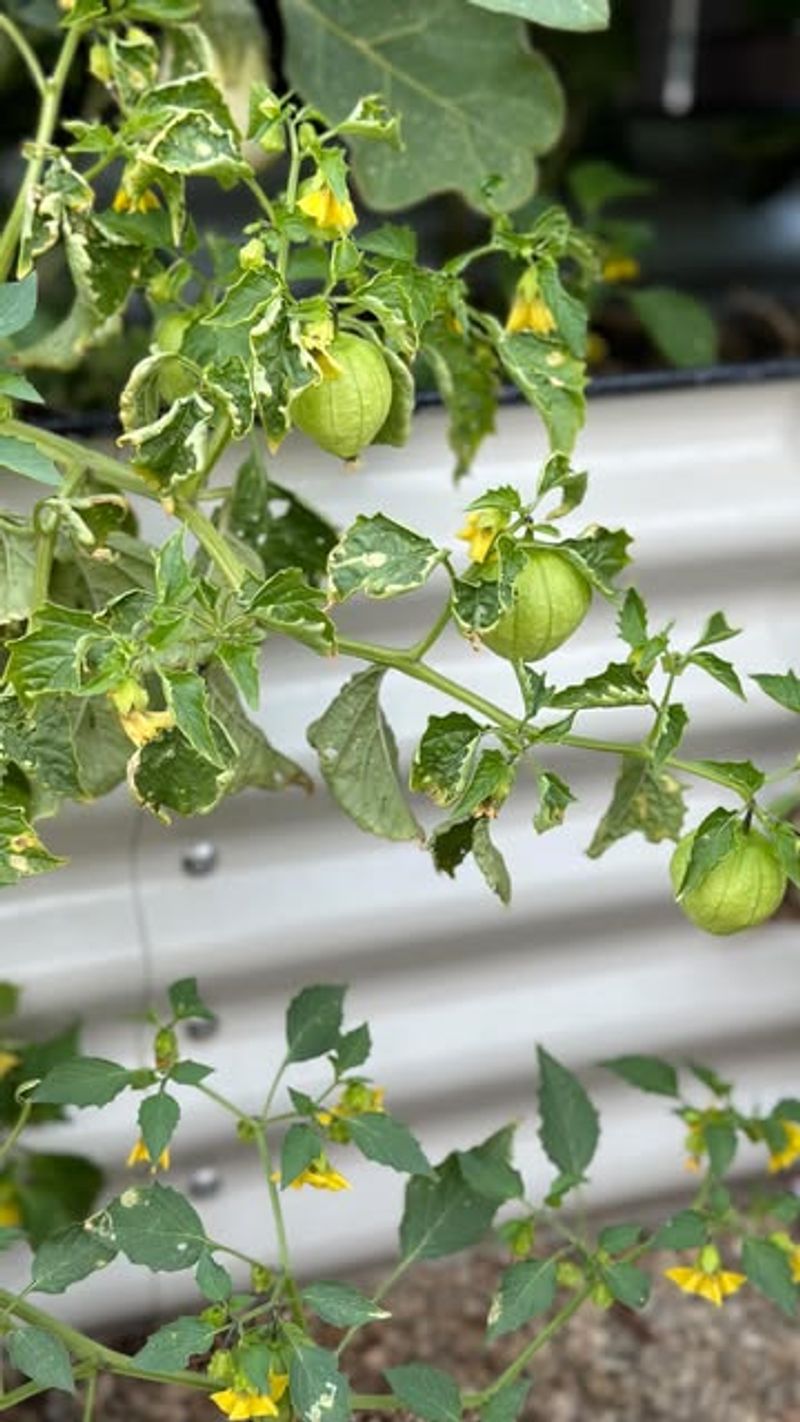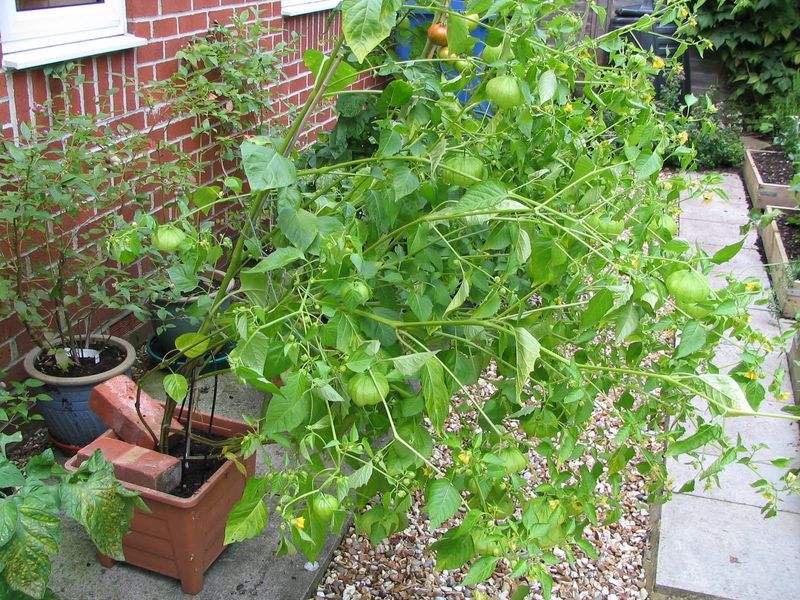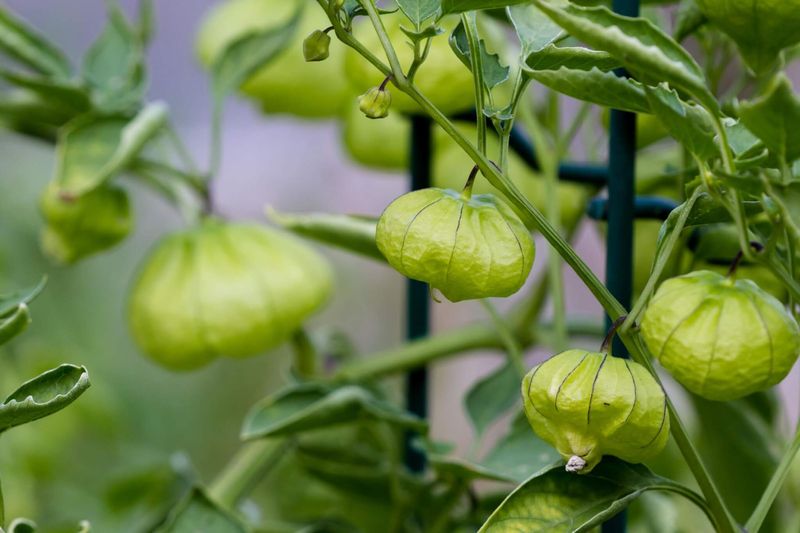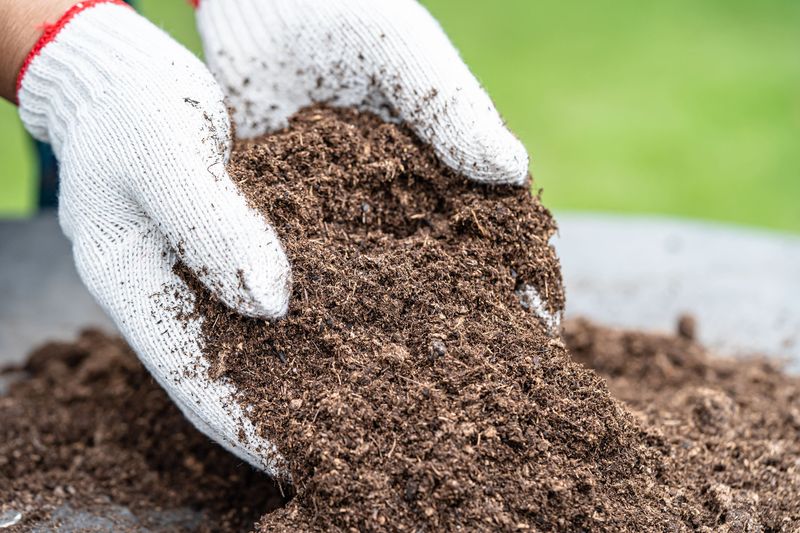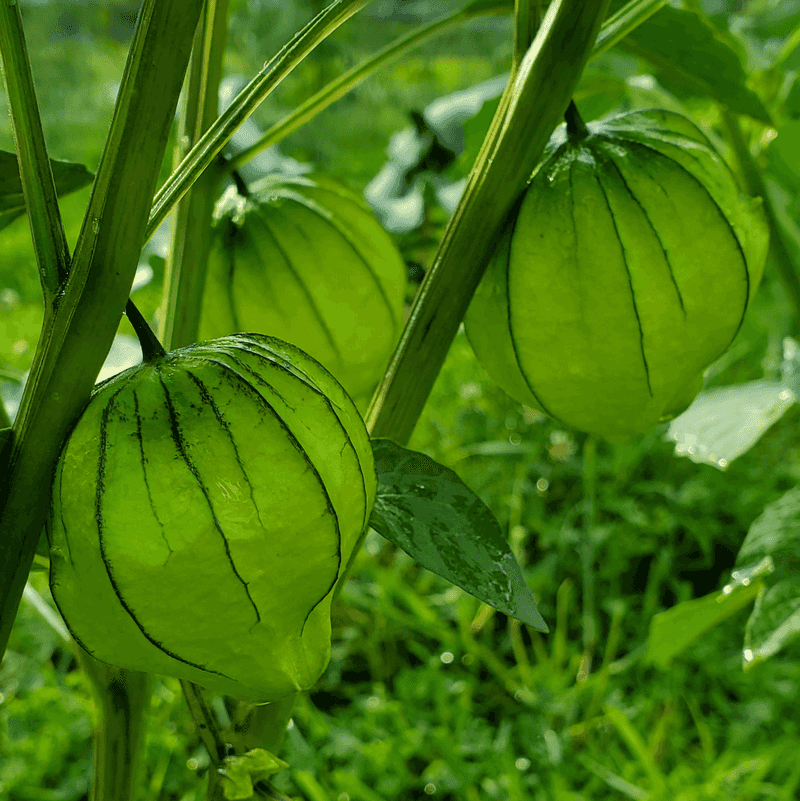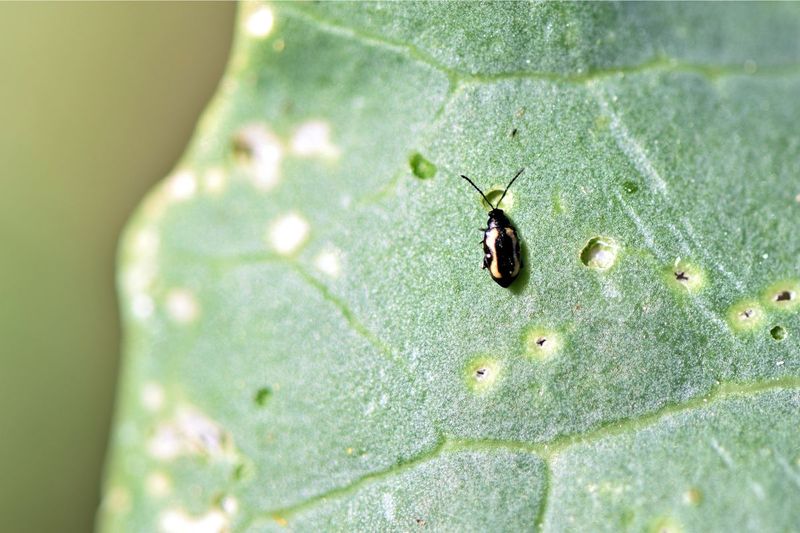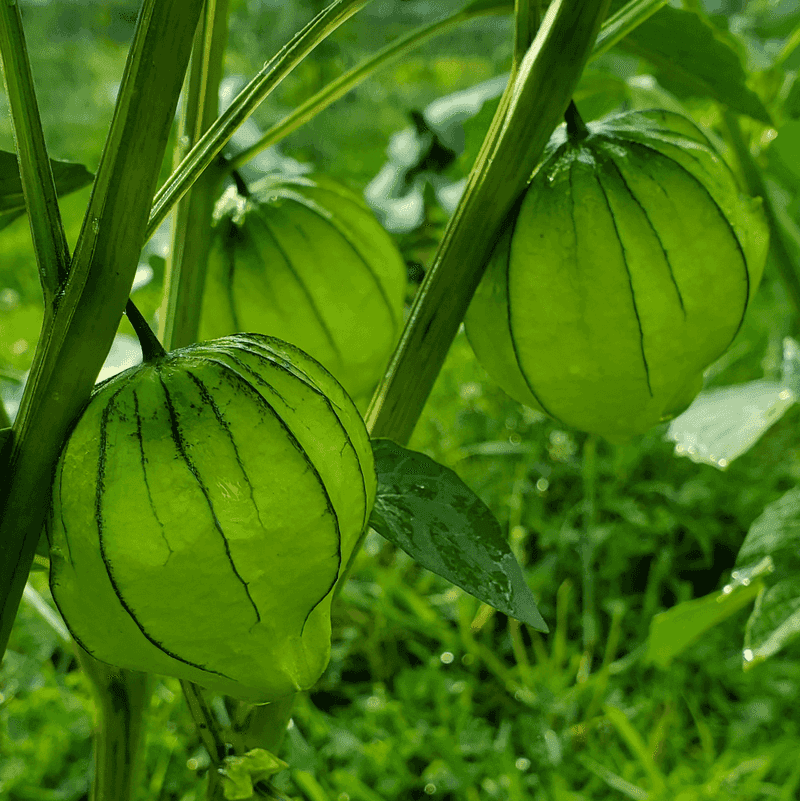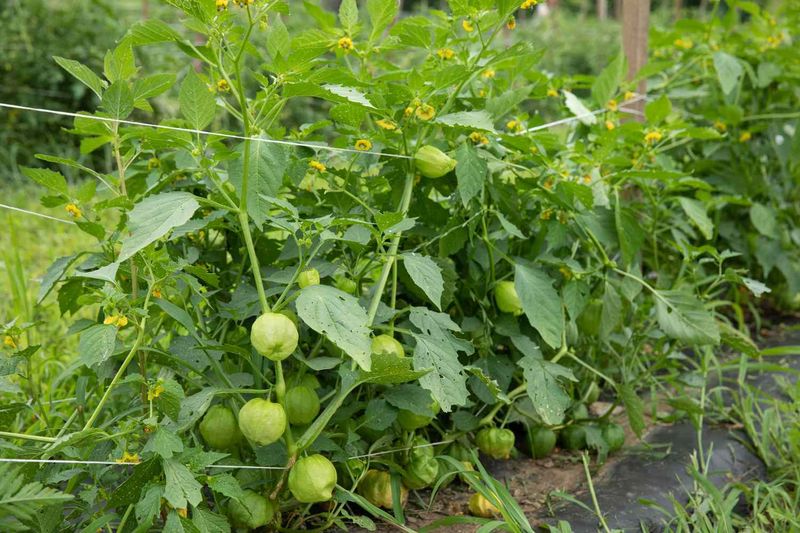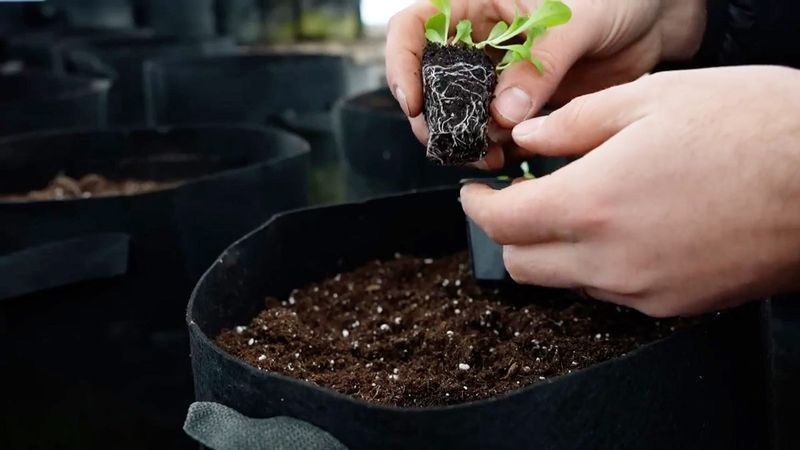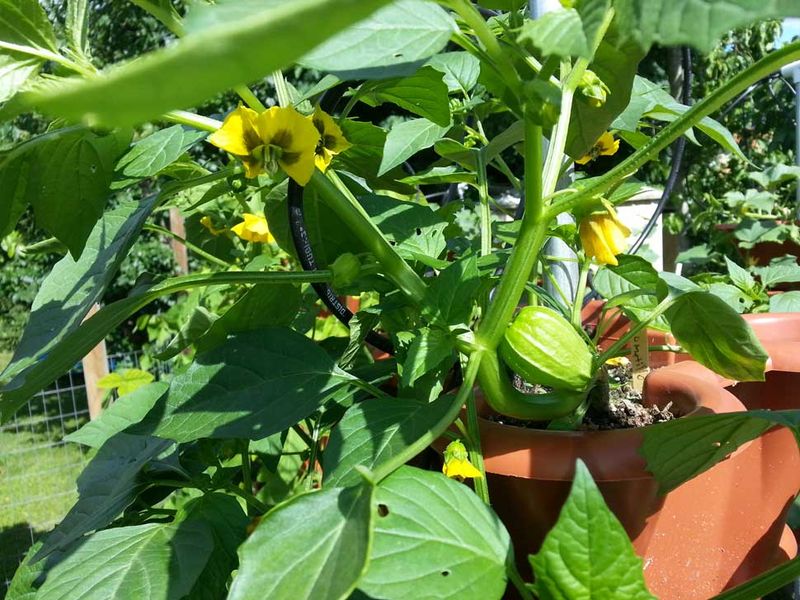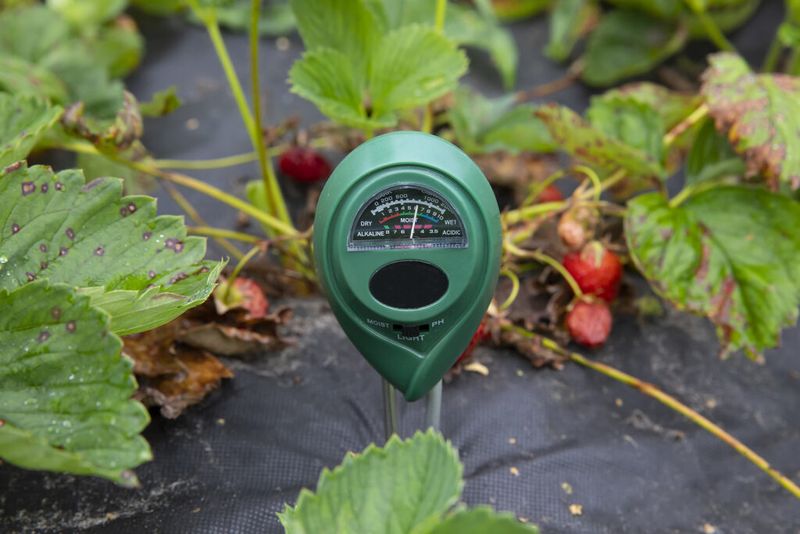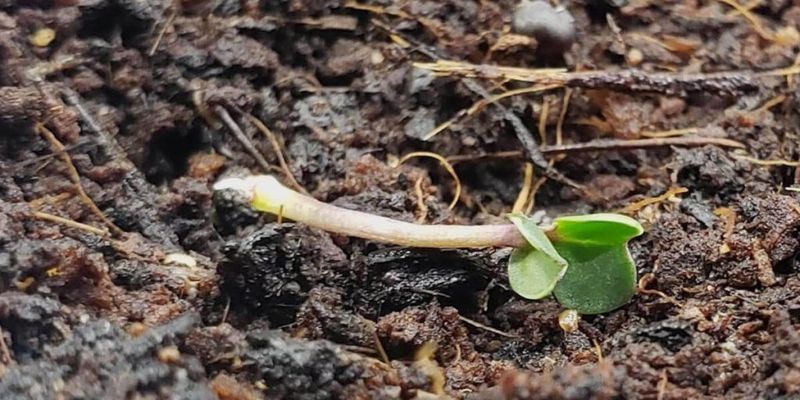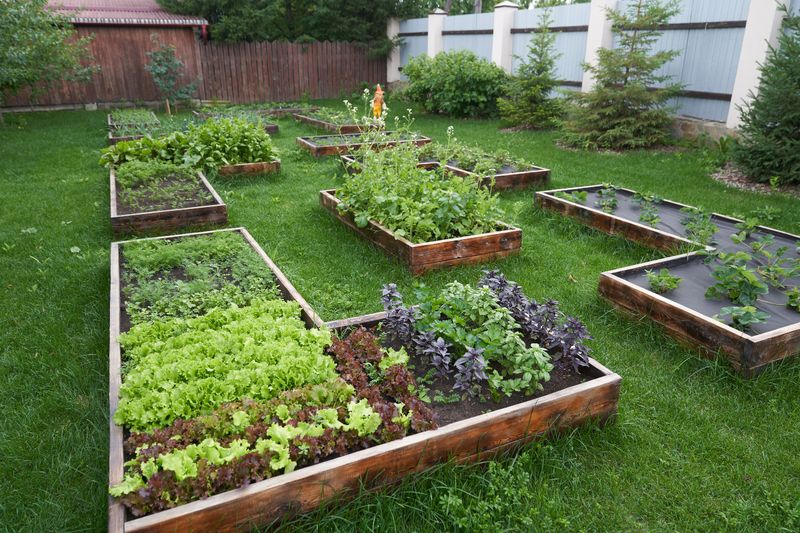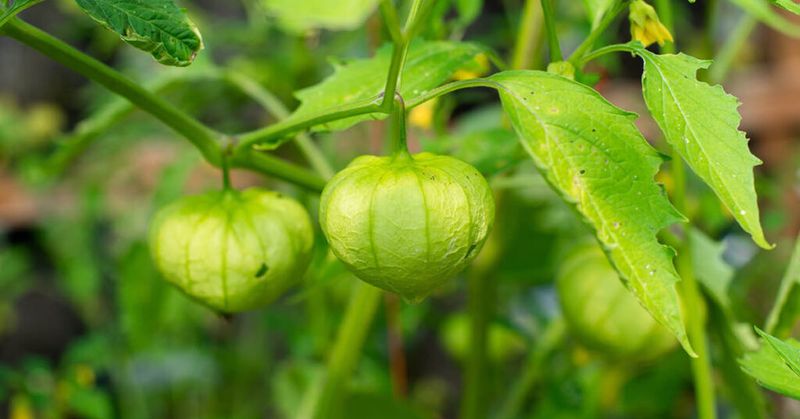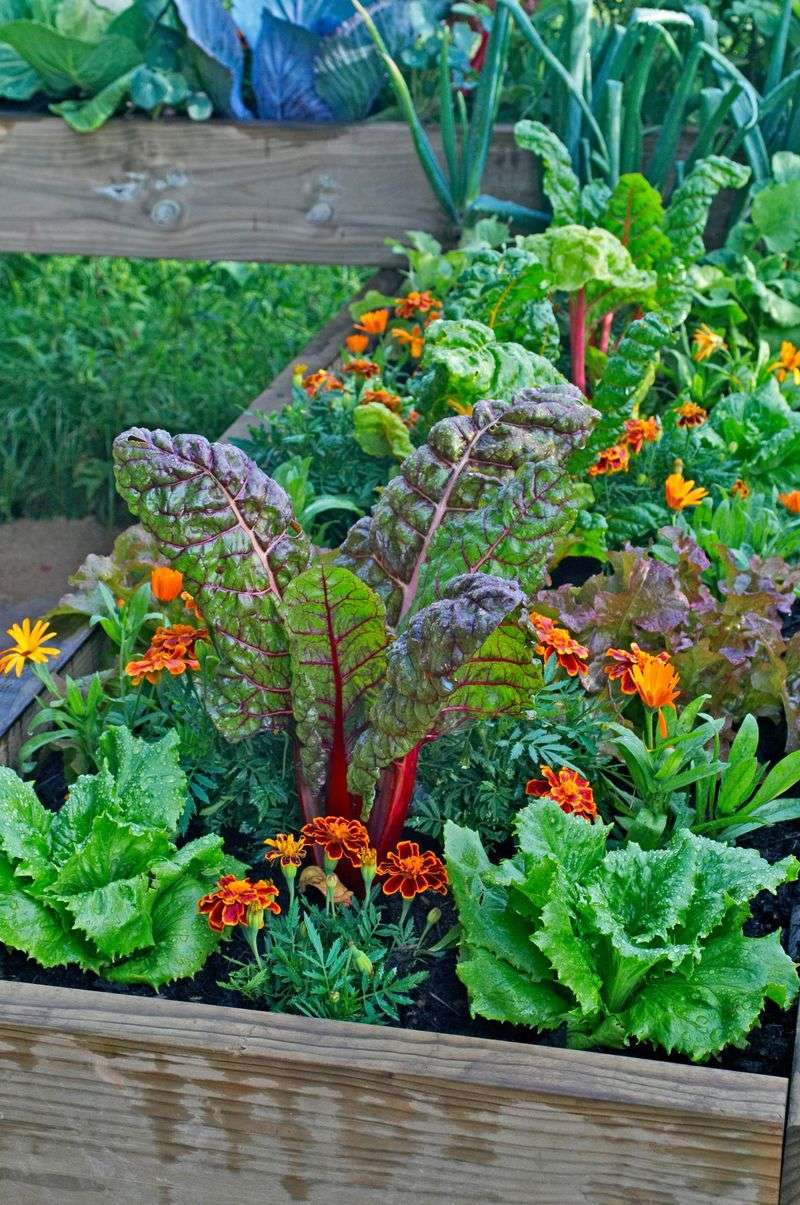Tomatillos are a fun and flavorful addition to any garden, but they can catch even seasoned growers off guard. While they look like small green tomatoes in husks, they have quirks that set them apart. Knowing those differences can make all the difference in your success.
For starters, tomatillos need at least two plants to cross-pollinate and produce fruit—something many gardeners don’t realize. They’re also more sensitive to temperature changes and need steady warmth and sunlight to thrive. If your harvests have been disappointing, don’t give up.
Simple fixes like proper spacing, consistent watering, and adding compost can help these plants flourish. With just a few adjustments, your tomatillo crop can go from tricky to terrific.
1. Planting Just One Tomatillo
Unlike their tomato cousins, tomatillos need at least two plants to produce fruit. They require cross-pollination to set fruit properly, something I learned the hard way during my first growing season.
The lonely plant grew beautifully but produced empty husks with no fruit inside. What a disappointment after months of care!
The fix is simple: always plant at least two tomatillos, even in small gardens. They don’t need to be different varieties – any two will cross-pollinate just fine.
2. Crowding Your Plants
Giving these sprawling plants too little space creates a perfect environment for diseases and reduces air circulation. My first attempt left me with a tangled mess of stems competing for light.
Cramped plants become stressed and produce fewer, smaller fruits. When leaves touch constantly, fungal problems spread quickly throughout the entire patch.
Space plants at least 3 feet apart in rows 3-4 feet from each other. This spacing might seem excessive at planting time, but mature plants will fill the space completely by mid-summer.
3. Forgetting To Stake Or Cage
Many gardeners treat tomatillos like bush plants, but they grow into sprawling semi-vines that collapse under their own weight. The resulting ground contact invites rot, pests, and disease.
During a rainy season, my unsupported plants flopped completely, and I lost half my crop to rot. The fruits that touched the soil developed black spots and attracted slugs.
Install sturdy tomato cages or stakes at planting time. Waiting until plants are larger makes it difficult to add support without damaging the roots and stems.
4. Using Poor Soil
Starting with depleted soil sets your tomatillos up for failure from day one. These heavy feeders need rich, well-draining soil with plenty of organic matter to thrive.
My garden’s clay soil initially stunted growth until I amended it properly. The plants remained yellowish and produced few flowers until I corrected the problem.
Mix in 2-3 inches of compost before planting and add a balanced organic fertilizer. For container growing, use a high-quality vegetable potting mix, not regular garden soil which compacts too easily.
5. Harvesting Too Late
Waiting for tomatillos to turn fully yellow or drop to the ground ruins their flavor and texture. By that point, they’ve become overly seedy and lost their signature tangy taste.
My first batch was bitter and mushy because I waited too long. The bright, zesty flavor that makes salsa verde so special was completely gone.
Harvest when fruits fill their husks but are still firm and bright green. The husk should be papery and starting to split – that’s nature’s perfect indicator that they’re ready to pick.
6. Ignoring Pest Problems
Flea beetles and aphids can quickly overtake tomatillo plants if left unchecked. Small holes in leaves might seem minor at first, but pest populations explode rapidly in favorable conditions.
Last summer, I dismissed early signs of flea beetles, only to find my plants severely damaged two weeks later. Their growth stalled completely during the critical pre-flowering stage.
Inspect plants weekly, focusing on leaf undersides where pests hide. Introduce beneficial insects like ladybugs or apply organic solutions like neem oil at the first sign of trouble.
7. Inconsistent Watering
Erratic watering stresses tomatillo plants and leads to blossom drop, cracked fruits, and poor yields. These plants need consistent moisture, especially during fruit development.
My container-grown tomatillos suffered from my irregular schedule – sometimes bone dry, sometimes waterlogged. The results were disappointing: small fruits with tough skins.
Aim for even soil moisture by applying about 1-2 inches of water weekly. Mulch with straw or wood chips to retain moisture and moderate soil temperature, reducing water stress significantly.
8. Planting In Too Much Shade
Morning shadows might seem harmless, but tomatillos need full sun to produce their best crops. Insufficient sunlight results in leggy plants with few flowers and fruits.
Moving my plants from a partially shaded bed to a full-sun location doubled my harvest the following year. The difference was remarkable – sturdier plants with more branching and flowers.
Choose a growing spot that receives at least 6-8 hours of direct sunlight daily. Southern or western exposures typically provide the best light conditions for maximum fruit production.
9. Skipping Hardening Off
Rushing seedlings directly from indoor growing to garden planting shocks the plants severely. The sudden exposure to wind, temperature fluctuations, and direct sun can set them back weeks or kill them outright.
My first batch of carefully grown seedlings wilted dramatically after transplanting. Several died despite immediate watering and shade cloth attempts.
Gradually acclimate seedlings to outdoor conditions over 7-10 days. Start with 1-2 hours of morning sun, increasing exposure daily while protecting from strong winds until they’re tough enough for full-time garden life.
10. Using Containers That Are Too Small
Underestimating tomatillo size requirements leads to root-bound plants that struggle to access nutrients and water. Those cute 8-inch pots from the garden center simply won’t cut it.
My balcony tomatillos in medium pots required constant watering and still produced minimal harvests. The plants remained stunted compared to their in-ground cousins.
Use containers at least 5 gallons (12+ inches) in diameter and depth per plant. Self-watering containers work exceptionally well, helping maintain consistent moisture levels during summer heat.
11. Neglecting Soil pH
Growing tomatillos in soil that’s too acidic or alkaline prevents them from absorbing essential nutrients. The plants might look green but produce poorly despite regular fertilizing.
For years I struggled with yellow leaves and low yields until testing revealed my soil pH was 7.8 – too alkaline for optimal growth. Adding sulfur gradually brought it down to 6.5.
Test your soil before planting and aim for a slightly acidic pH between 6.0-6.8. Amend accordingly with sulfur to lower pH or lime to raise it, following package directions for application rates.
12. Overwatering Young Plants
Drowning seedlings with too much water encourages damping off and root rot. Young tomatillo plants need time to establish before receiving heavy irrigation.
Eager to give my seedlings a good start, I nearly killed them with kindness. The stems turned dark at soil level, and several toppled over – classic signs of overwatering.
Water newly transplanted tomatillos deeply but infrequently to encourage deep root growth. Allow the top inch of soil to dry between waterings, gradually increasing water as plants grow and summer heat intensifies.
13. Forgetting To Rotate Crops
Planting tomatillos in the same spot year after year invites disease buildup in the soil. These plants are susceptible to many of the same pathogens that affect tomatoes and other nightshades.
After growing tomatillos successfully for two seasons, my third planting in the same bed developed early blight by mid-summer. The disease spread quickly despite treatment attempts.
Practice crop rotation by waiting at least 3-4 years before planting tomatillos or their relatives (tomatoes, peppers, eggplants) in the same location. This breaks disease cycles and allows soil nutrients to replenish.
14. Using Chemical Fertilizers Excessively
Hitting plants with strong chemical fertilizers creates lush foliage at the expense of fruit production. The nitrogen rush stimulates leaf growth while delaying or reducing flowering.
One season, my neighbor’s fertilizer drifted into my garden beds. Those tomatillos grew impressively tall but produced few husks until late in the season when the nitrogen finally depleted.
Choose balanced organic fertilizers with equal or lower nitrogen compared to phosphorus and potassium. Apply at half the recommended rate at planting time, then side-dress again lightly when flowers begin to form.
15. Ignoring Companion Planting Benefits
Missing out on companion planting means forgoing natural pest protection and growth enhancement. Certain plants repel tomatillo pests while others compete for resources or attract problems.
Adding marigolds and nasturtiums to my tomatillo beds significantly reduced aphid problems. The bright flowers not only deterred pests but also attracted beneficial insects that helped with pollination.
Plant basil, marigolds, nasturtiums, or cilantro nearby to deter pests naturally. Avoid planting fennel or dill close by, as they can inhibit growth and attract unwanted insects to your tomatillo patch.
16. Removing Husks Before Storage
Peeling off the papery husks immediately after harvest significantly reduces storage life. Those protective wrappers aren’t just for show – they help preserve freshness naturally.
After my first harvest, I cleaned all husks off before refrigerating, only to find the fruits turning soft within days. What a waste of garden effort! Keep husks intact until you’re ready to use the fruits.
Store unhusked tomatillos in a paper bag in the refrigerator, where they’ll last 2-3 weeks. For longer storage, remove husks, wash, dry thoroughly, and freeze whole for up to 6 months.

